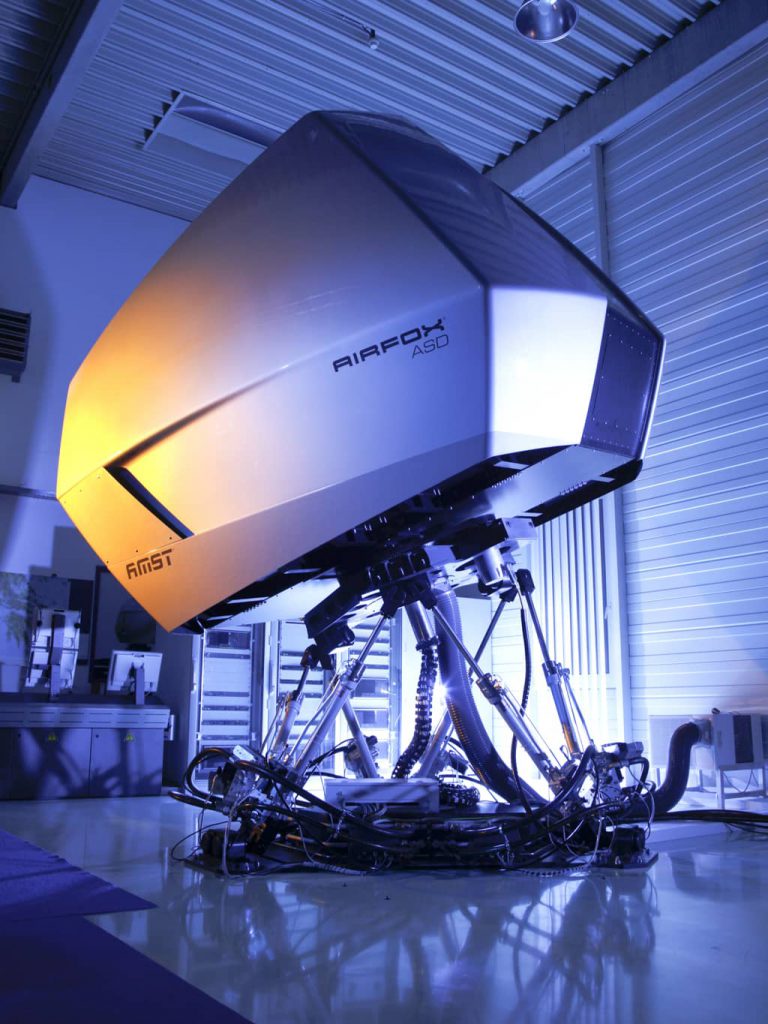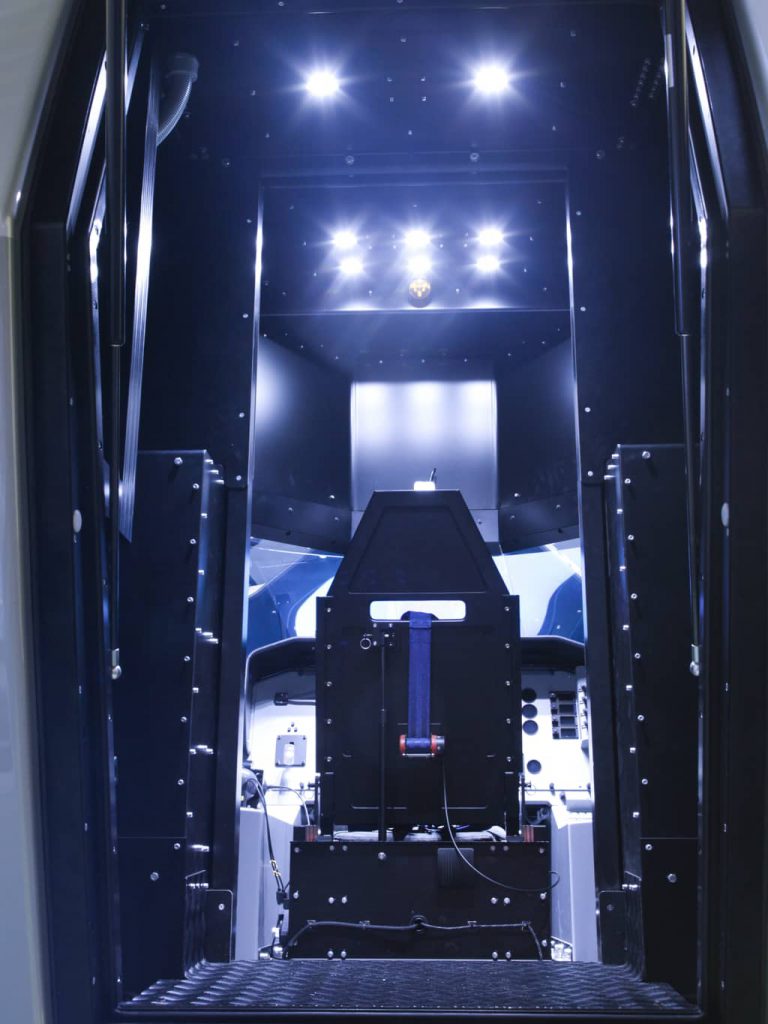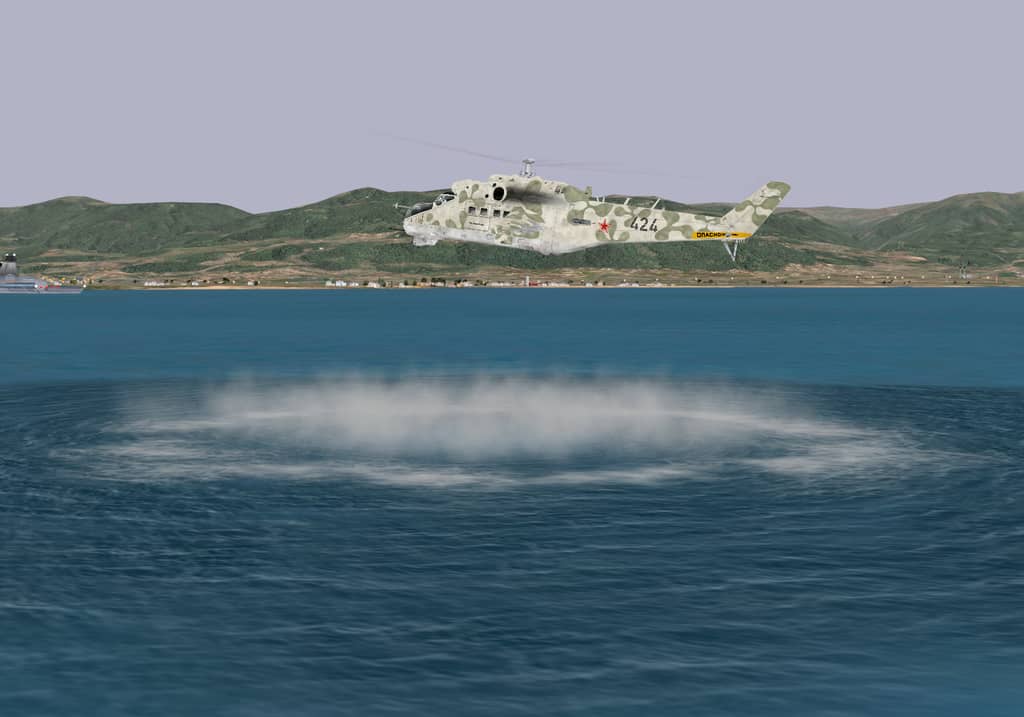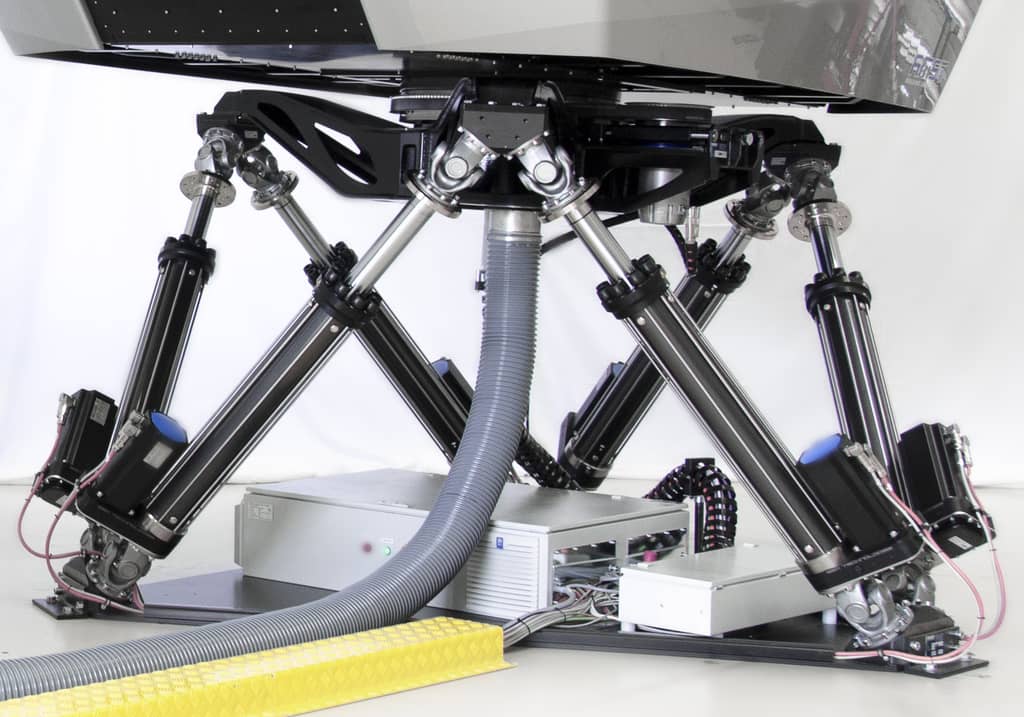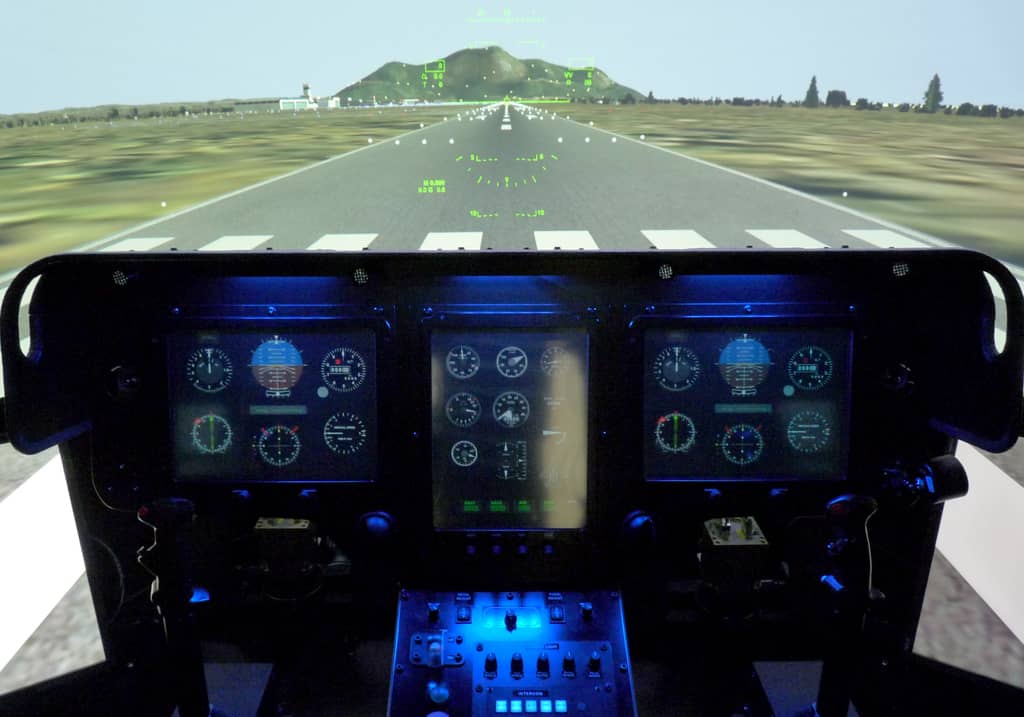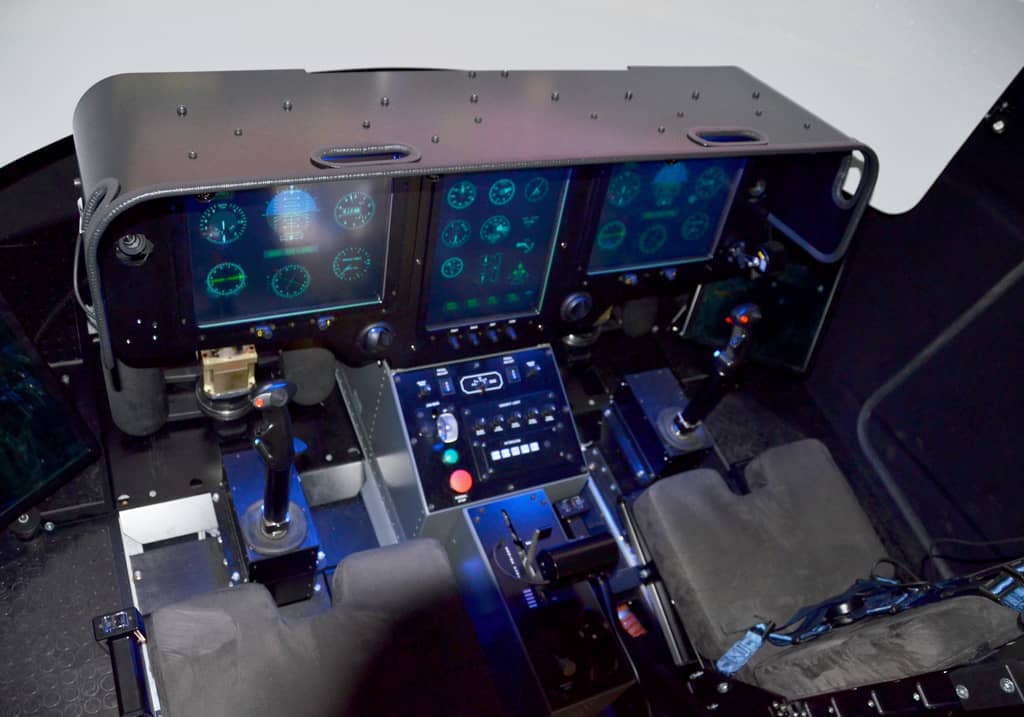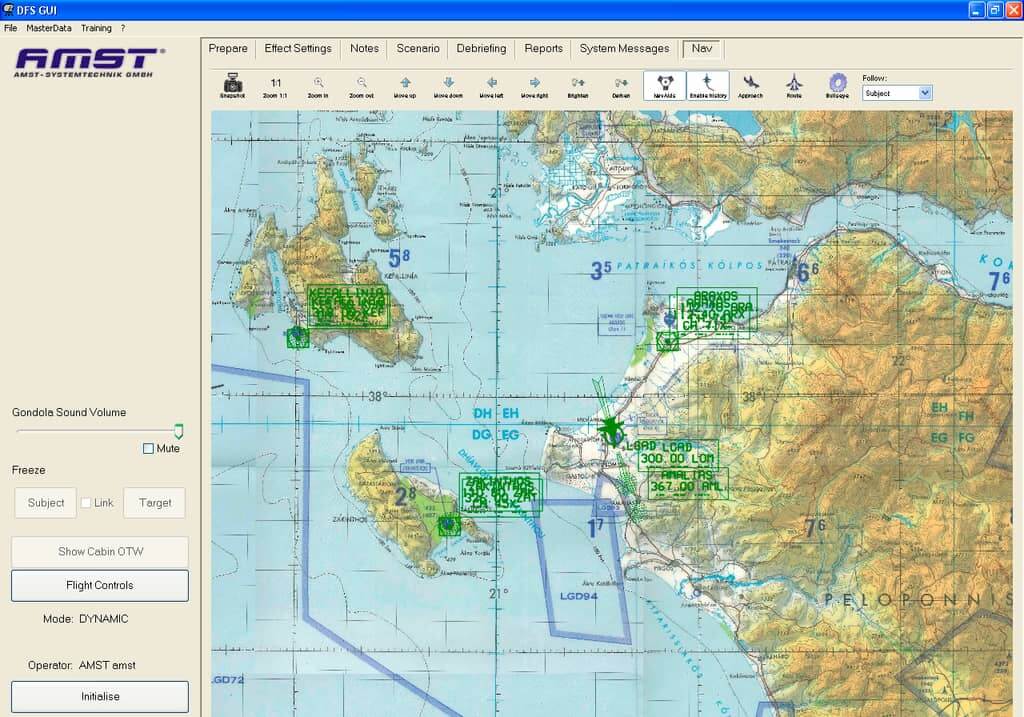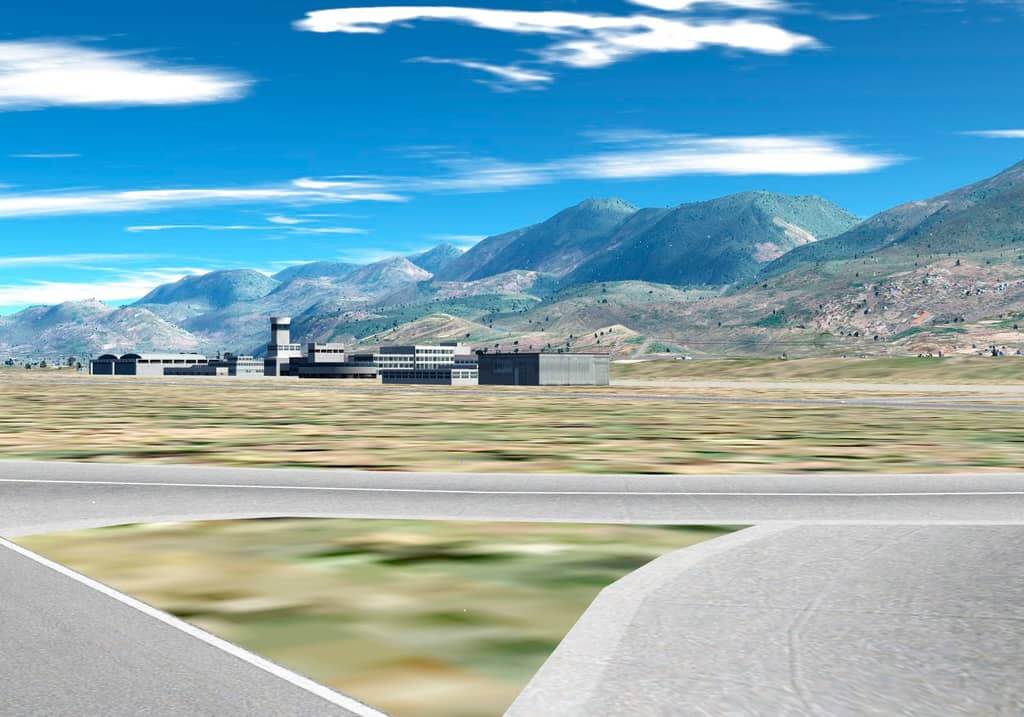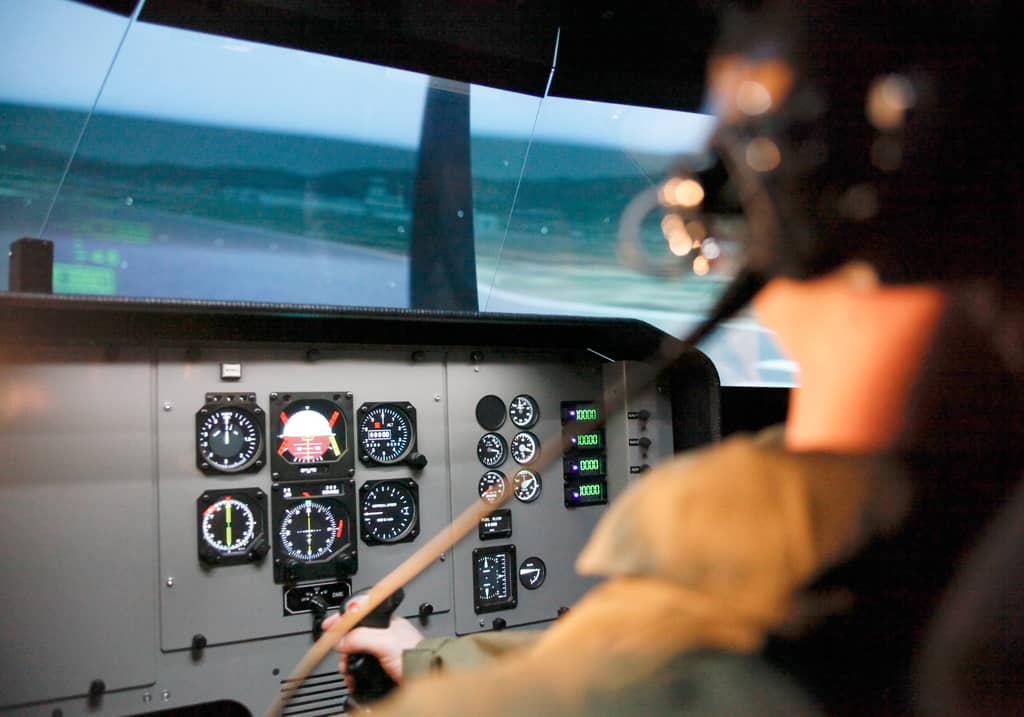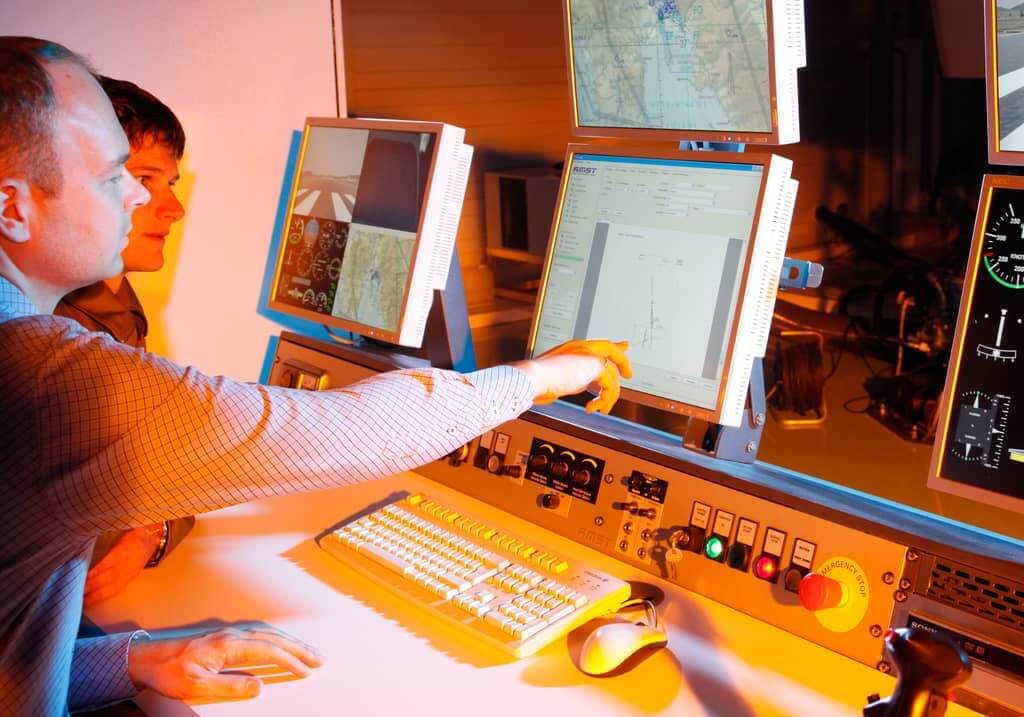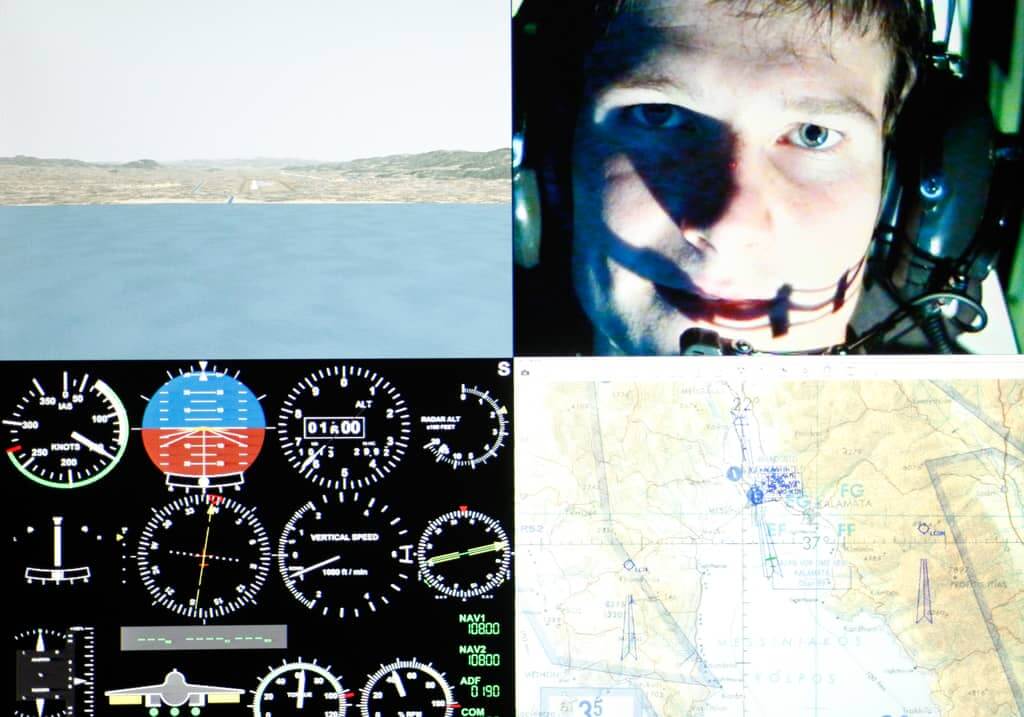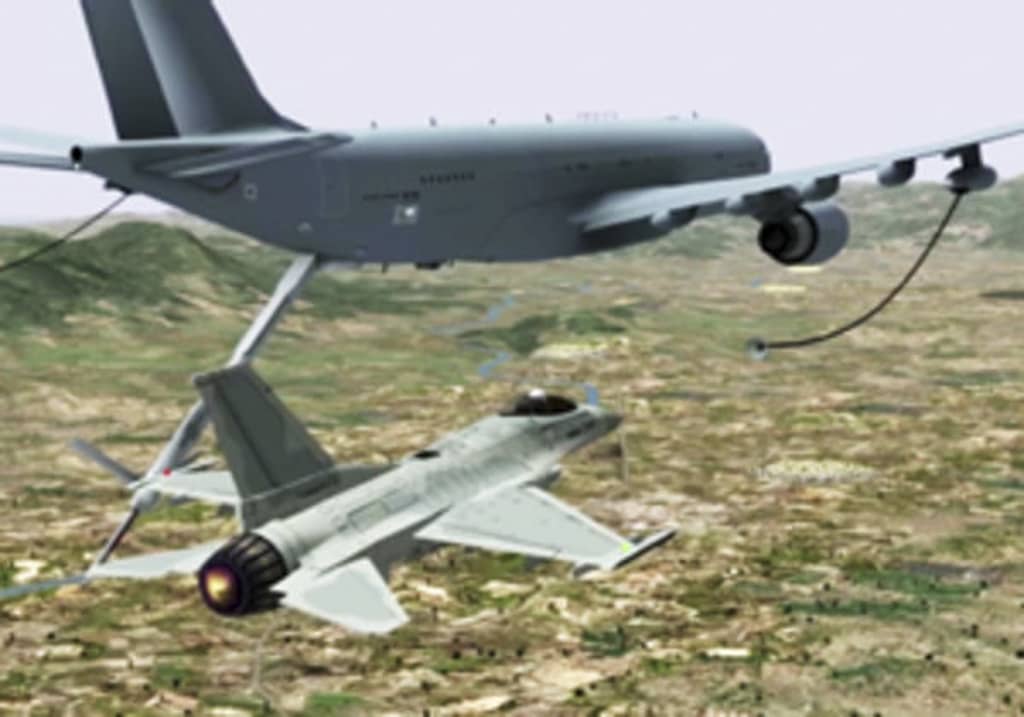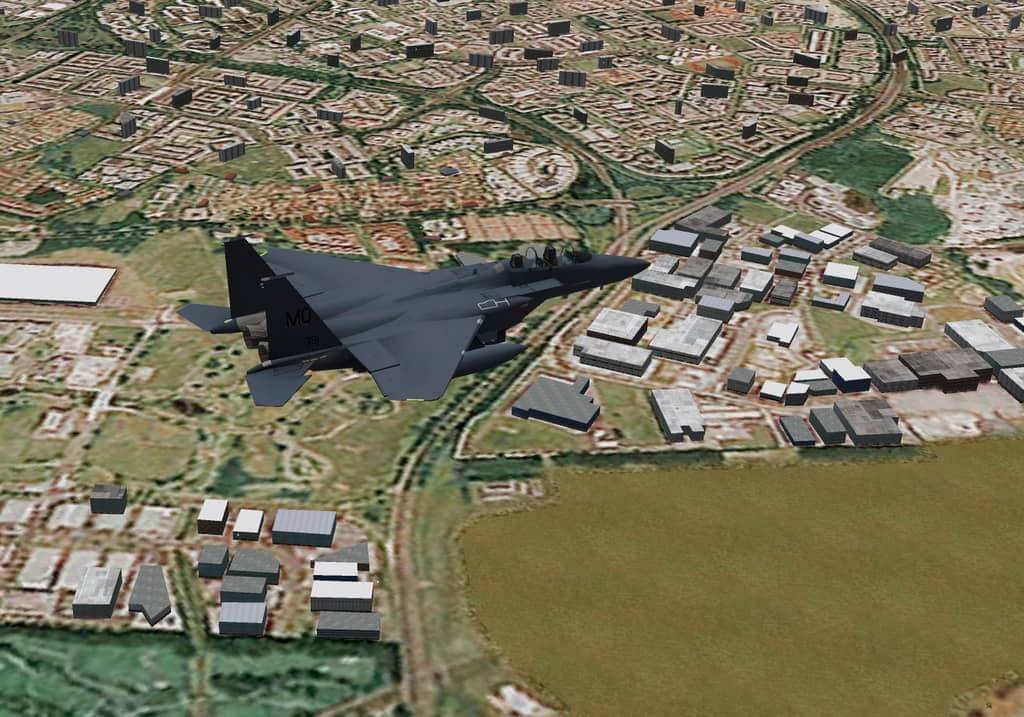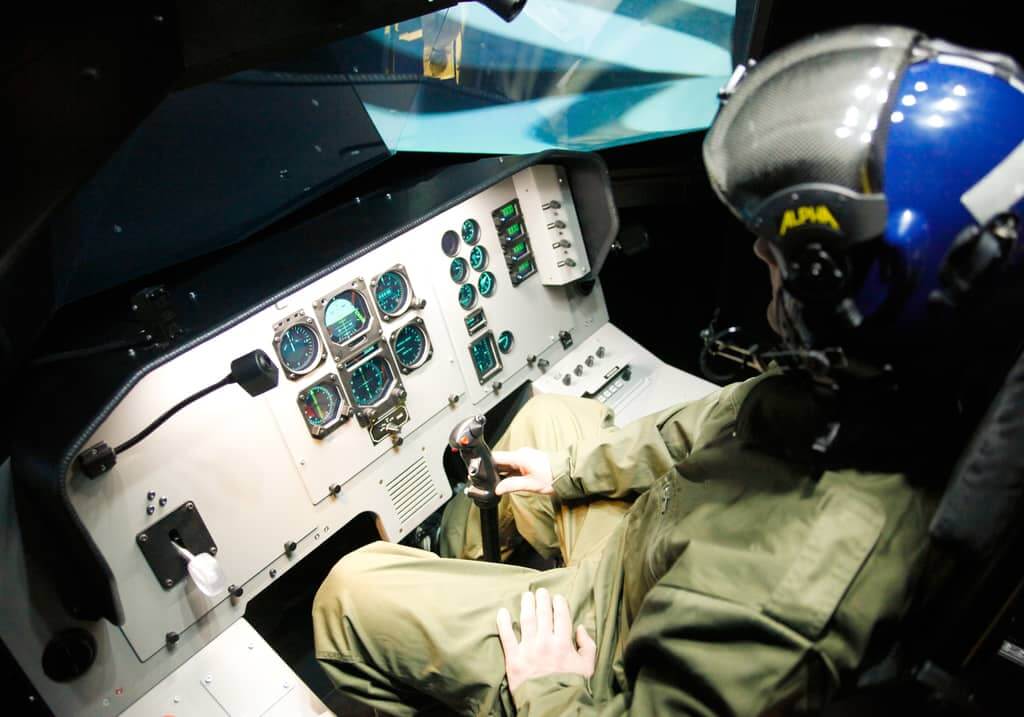SD Illusions
Demonstration of passive illusions in a dark cabin without trainee interaction and without motion but using the additional yaw axis, as well as active illusions where the trainee is in control of the simulated flight with all motion axes active. Visual illusions occur when the human visual system falsely interprets visual signals. Vection illusion is the interpretation of reference object movement as movement of the own aircraft.
